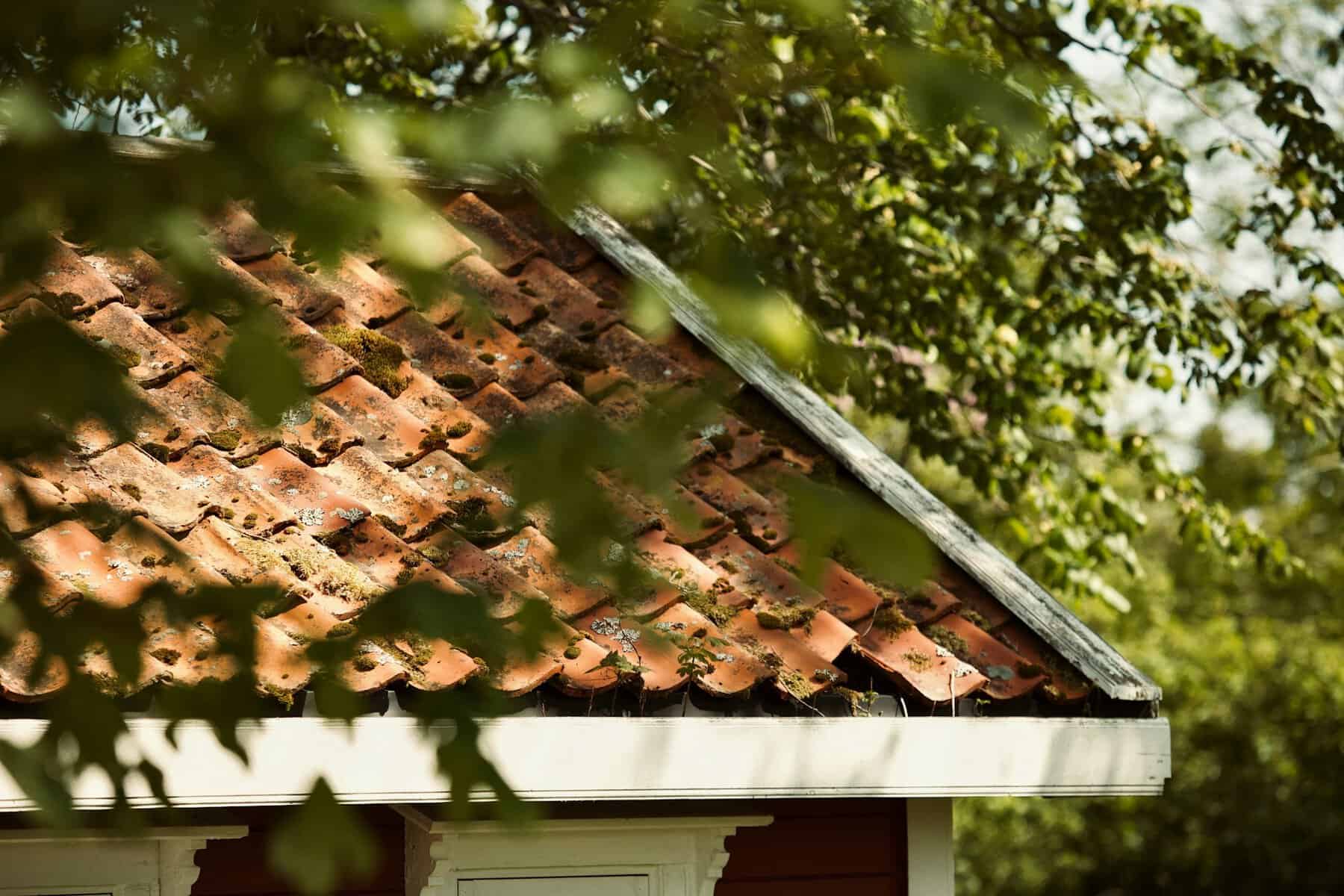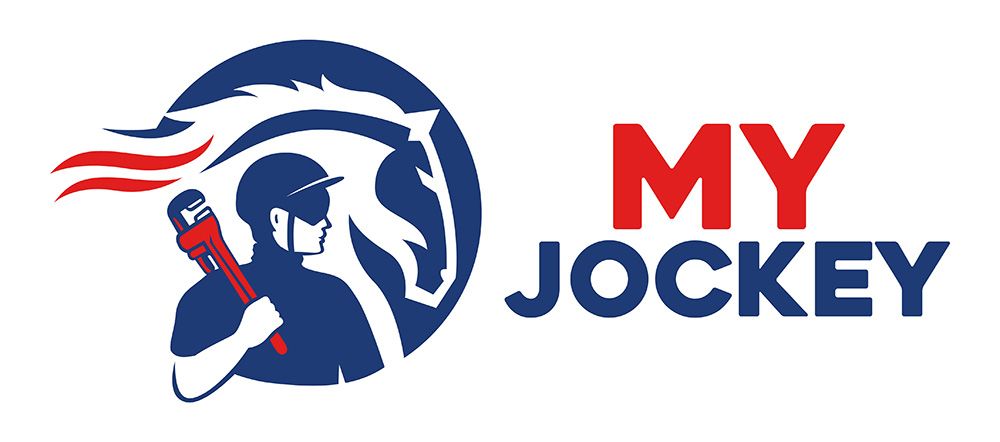
After a storm has passed, your roof might be hiding damage that you can’t see from the ground. Checking your roof for damage is important to make sure your home stays safe and dry. Storms with strong winds, heavy rain, or hail can cause damage that may lead to big problems if not fixed quickly.
Don’t worry, we’ll go over the signs of roof damage, how to inspect safely, what steps to take if you find damage, and how to prepare your roof for future storms.
Signs of Roof Damage to Look For
After a storm, it’s essential to check your roof for obvious signs of damage. Knowing what to look for can help you spot issues early, so you can fix them before they worsen.
1. Missing or Damaged Shingles: Storms can rip shingles off your roof or cause them to crack and break. Look for any sections where shingles are missing or appear damaged.
2. Granule Loss: Check your gutters and the ground around your house for roof granules. When shingles lose their granules, they can’t protect your roof as well from the elements.
3. Dents and Dings: Hailstorms can leave dents in metal components and dings in your shingles. These small impacts can lead to bigger issues if not repaired.
4. Flashing Damage: Flashing is the material around your chimney, skylights, and vents. If it’s bent, cracked, or missing, it can let water seep into your home.
5. Debris on the Roof: Tree branches, leaves, and other debris can damage your shingles or block water flow, causing leaks. Remove the debris carefully to check for hidden damage.
6. Water Stains Inside the House: Look at your ceilings and attic for any water stains or damp spots. They often indicate a leak in the roof that needs immediate attention.
How to Safely Inspect Your Roof
Inspecting your roof safely is crucial to avoiding accidents while ensuring you spot all potential problems. Here are some steps to follow for a safe inspection:
1. Use Proper Equipment: Make sure you have a sturdy ladder that can reach your roof comfortably. Wear non-slip shoes and gloves for better grip and protection.
2. Buddy System: If possible, have someone with you while you inspect the roof. They can hold the ladder steady and assist if anything goes wrong.
3. Check from the Ground First: Before climbing up, do a visual inspection from the ground. Use binoculars to get a closer look at high or hard-to-reach areas.
4. Work in Good Weather: Choose a dry, calm day for your inspection. Wet or windy conditions can make climbing and moving around the roof more dangerous.
5. Avoid Walking on the Roof: If you must go on the roof, stay on the strongest parts and avoid stepping on loose shingles. Better yet, let a professional handle the roof walk if you’re unsure.
6. Be Aware of Your Surroundings: Look out for power lines, tree branches, and other hazards that could pose a danger while you move around.
By taking these safety precautions, you can inspect your roof without risking your health or causing further damage to the roof. Regular inspections are key to keeping your home safe from leaks and other storm-related issues.
Immediate Steps to Take if You Find Damage
If you discover damage on your roof after a storm, it’s important to act quickly to prevent further problems. Here are the immediate steps to take:
1. Cover the Affected Area: Use a tarp or heavy-duty plastic to cover any holes or openings. Secure it with nails or weighted objects to keep it in place. This will help prevent water from entering your home.
2. Document the Damage: Take clear photos of all the damage you find. This documentation will be helpful when you file an insurance claim. Make sure to capture different angles and the severity of the damage.
3. Remove Debris Carefully: Clear away any loose branches, leaves, or other debris. Be gentle to avoid causing further harm to your roof.
4. Contact Your Insurance Company: Inform your insurance provider about the damage as soon as possible. Provide them with the photos and any other necessary details to start the claims process.
5. Call a Professional Roofer: Reach out to a professional roofing contractor for a thorough assessment and repair. Temporary fixes are good, but a professional will ensure that the roof is properly repaired.
Taking these immediate steps will help stabilize the situation and protect your home from further damage. Quick action is key to keeping minor issues from turning into major, costly repairs.
Preventative Measures for Future Storms
Taking preventative steps can help safeguard your roof from future storms and minimize potential damage. Here’s what you can do:
1. Regular Inspections: Schedule regular roof inspections, especially before and after storm season. Early detection of small issues can prevent bigger problems later on.
2. Trim Trees and Branches: Keep trees trimmed back from your roof. Branches that fall during a storm can cause serious damage, so it’s best to maintain a safe distance.
3. Clean Gutters and Downspouts: Ensure your gutters and downspouts are clean and free of debris. This allows water to flow off the roof properly, reducing the risk of leaks and water damage.
4. Reinforce Roofing Materials: Consider upgrading to stronger, storm-resistant roofing materials. Impact-resistant shingles and improved flashing can better withstand severe weather.
5. Secure Loose Items: Check and secure any loose items on your roof, like satellite dishes or rooftop vents. These can become dangerous projectiles during high winds.
6. Install Storm Shutters: For added protection, install storm shutters on your roof’s skylights and windows. They can help reduce the impact of flying debris.
By taking these preventative measures, you can help ensure your roof is better prepared to handle future storms. Regular maintenance and upgrades can save you time, money, and stress in the long run.
Key Steps for Checking Your Roof After a Storm
Checking your roof for damage after a storm is a necessary task to keep your home safe and secure. By knowing the signs of roof damage, inspecting your roof safely, taking immediate action if you find damage, and implementing preventative measures, you can significantly reduce the risk of future issues. Remember, maintaining your roof is an ongoing process that requires attention and care.
Regular inspections and prompt repairs will help you catch problems early and keep your roof in top condition. Don’t wait for the next storm to discover weaknesses or damage that could have been prevented. Being proactive ensures your home remains a safe haven, regardless of the weather.
My Jockey’s experts are ready to provide thorough inspections and top-notch repairs to keep your home safe. Protect your investment and ensure peace of mind by contacting our local HVAC company today!
